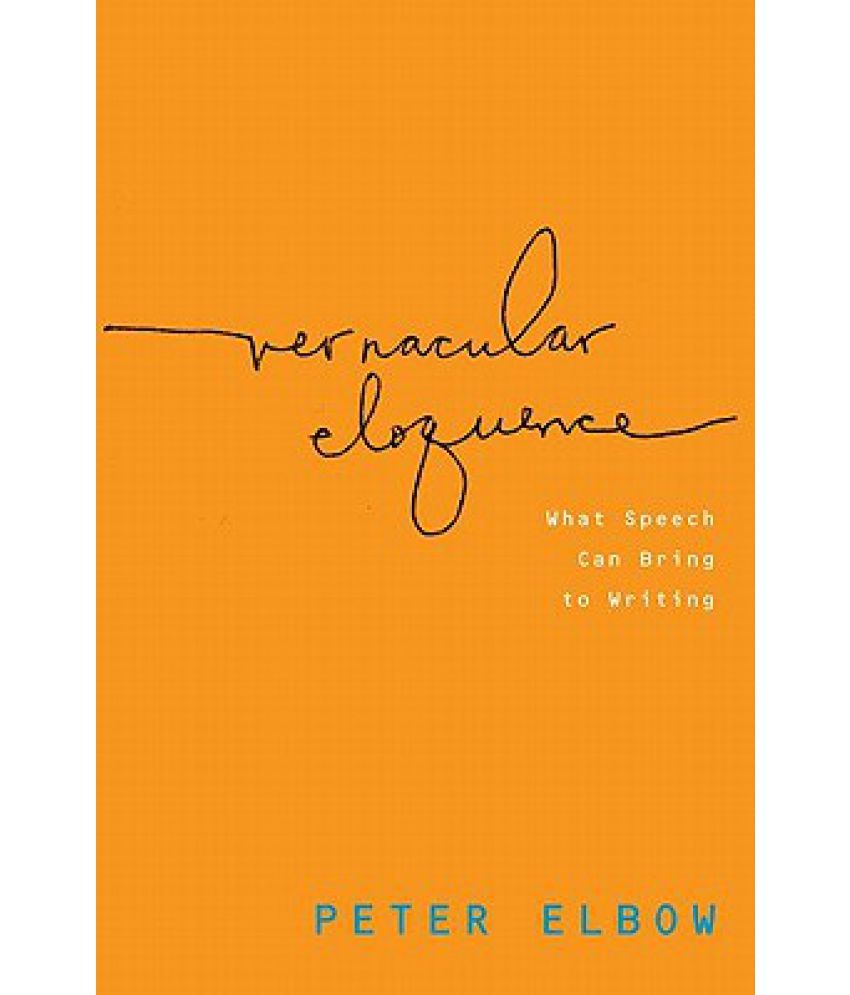
It is basically a brainstorming period.įor instance, before the trial, an attorney general would invent ways on how she can combat the charges against her client. Invention refers to coming up with an idea in order to make your speech interesting. The Five steps of Canons Rhetoric are: i) Invention He developed a theory called the Five Canons of Rhetoric– a five-step process for developing a persuasive speech that we still use while teaching public speaking today. Marcus Tullius Cicero was considered to be one of the significant rhetoricians of all time.
#DEFINITION OF ELOQUENT SPEECH HOW TO#
Some of the areas of study during this period were how to add wit and humor in your speech, how to appeal to the audience’s emotions, and the use of digressions. The Roman orators developed and modified the Greek techniques of public speaking. The Roman culture of public speaking is highly inspired by the Greek culture of training. He also came up with his own institution called The Lyceum where he taught the theories and principles of public speaking. Ethos, Logos and Pathos.Īmongst the four, Aristotle was one of the most famous Greek scholars, as he developed definitive models for public speaking. However, each of them had defined rhetoric in different ways, for instance, Plato defined the scope of rhetoric in terms of his negative opinions about the art, on the other hand, Aristotle defined its scope by the three means of persuasion i.e. The development of public speaking theories during the Classical period was marked by Aspasia of Miletus, Socrates, Plato, and Aristotle aka The Fantastic Four.ĭuring the classical period, Rhetoric (a tool to persuade the listeners) was considered to be the main component of speech delivery or discourse. Public speaking emerged as a crucial tool because the Greeks highly valued public political participation. 1) The Classical Period (500 BCE – 400 BCE)Īlthough public speaking training first started in Egypt, the written piece regarding the oratory came from Ancient Greece. The history of public speaking dates back to the time when the ancient civilizations used public speakers to deliver their messages.

However, in order to master the skill of public speaking you might want to backtrack a little bit to first understand how public speaking has evolved throughout history. This skill has the power to make history and start movements so if you want to learn how to become a public speaker read all about it in our article: How can one learn public speaking? In addition to this, there are several other Benefits Of Public Speaking (Besides Confidence). One common purpose of public speaking is to inform and persuade the listeners in order to act upon it which is prevalent in both- traditional and contemporary times. It is one of the skills that is required in almost all the areas of your life, for instance, to promote ideas or to give a speech at your friend’s wedding, or in a debate.Ĭommunication has been an inevitable part of our lives and the backbone of our society. It is usually face-to-face and in a formal setting where the aim of the speaker is to influence the listeners. It is a process of communicating purposeful information in front of an audience. This doesn’t mean that the concept of public speaking has changed as a whole, but the level of understanding has undergone a few changes from one era to the other. For instance, the purpose or the way of speaking publicly was different during the Medieval Age as compared to that of the Modern Age or the New School period.

However, the art of public speaking is evolving and has become quite different from what it was back then. We are not new to the fact that the art of public speaking has been practiced more than 2,500 years ago, right from the period of Aristotle to Plato to Martin Luther King Jr. The history of public speaking dates back to the time when ancient Greeks considered it imperative to facilitate political debate and participation in assemblies, so as to persuade the people (rhetoric.) However, since then it has evolved with novel techniques and methods in order to create maximum impact.


 0 kommentar(er)
0 kommentar(er)
